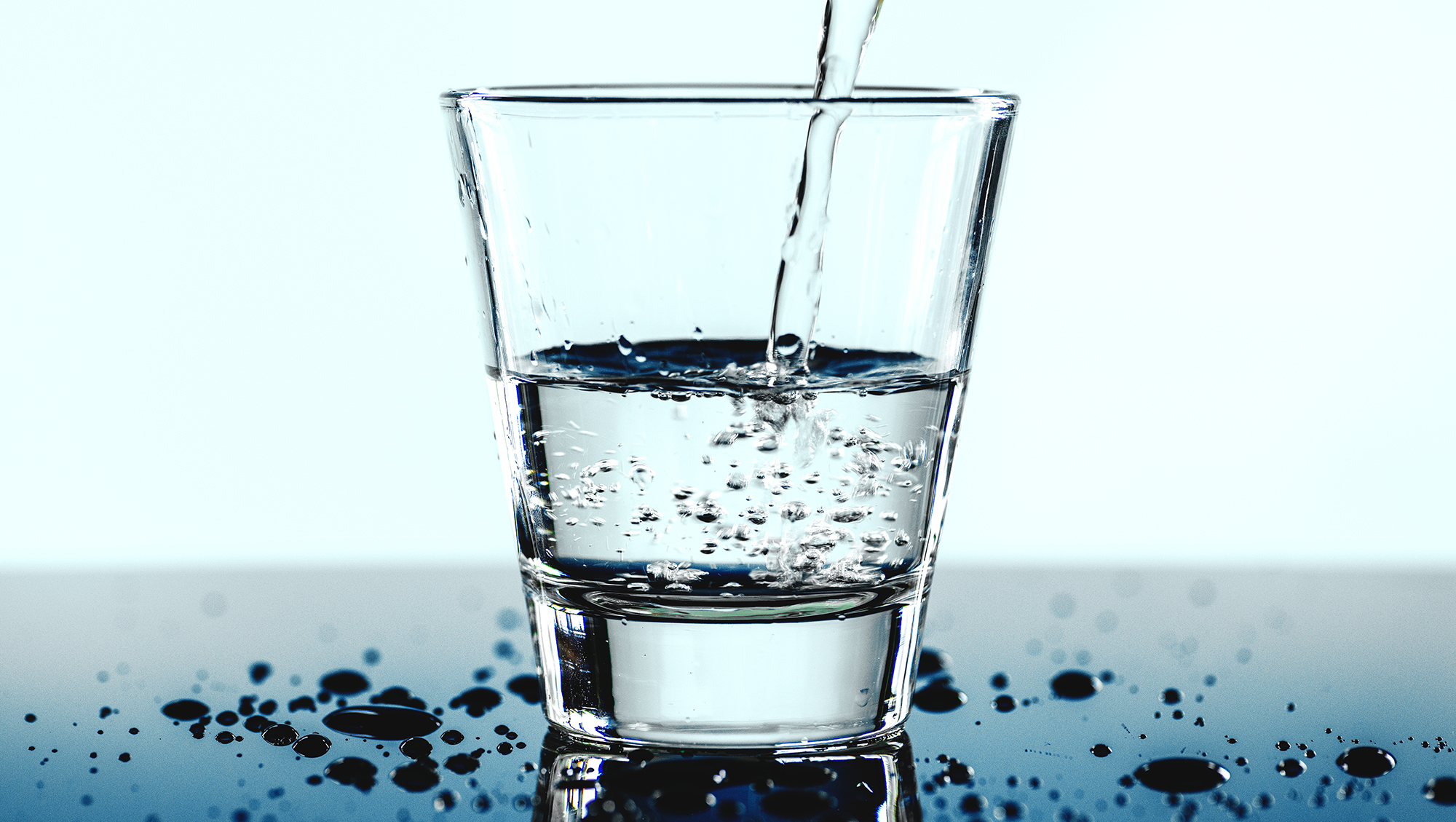
Looking Into the Difference Between Sparkling and Still Water
Hydration is a crucial part of human life. According to the U.S. National Academies of
Get Prepared for Easter with Fresh Farms | Now Available Baby Lambs
(Please Ask Our Meat Department For Assistance. Available at all stores except for Devon Ave)

Whether it’s a tender, juicy steak or a soft rib away from the bone, the tenderness is often the same as the quality of the meat. However, the texture of the meat has little to do with the quality, but with the way the meat is handled before and after the grill. To better understand this, let’s look at the main methods to soften meat: mechanical, thermal, and enzymatic.
Mechanical Method
Mechanical tenderization entails pounding or piercing the meat with one of these medieval-looking tools. The movement is pre-chewing the meat for you.
If you want to thin or tender the meat, mechanical softness is sufficient. Chicken fried steaks and Wiener schnitzel are not very suitable for grilling.
Thermal Method
If you’ve put tough meat in a slow cooker and opened it later in the day to find fork-tender pot roast, you’re already used to thermal tenderization. In this method, the heat destroys the connective tissue, leaving soft meat that melts in the mouth.
Above 140 degrees Fahrenheit, the collagen surrounding the muscle fibers begins to contract, squeezing the juice of the meat. If you’ve ever eaten a well-made steak, you know that it dries the meat and makes it tough. However, above 160 degrees Fahrenheit, collagen begins to break down into gelatin. It not only replaces some of the lost water but also coats the individual fibers with a delicate gel that loosely holds the muscle fibers. This is the stage when the meat becomes softer.
Furthermore, the heat can be dry heat (e.g. from the grill) or wet heat (eg pot roast), but it should be applied slowly. Otherwise, the outer surface of the meat will burn before the central collagen completely collapses.
Thermal tenderization is great for baking ribs, brisket, or other collagen-rich meat fillets, but less effective for filet mignon and pork chops. This is because these cuts don’t have much connective tissue in the first place and never cook steaks or chops long enough to break down the collagen inside.
Enzymatic Method
The very last technique of tenderization and the only one that maximum human beings are least acquainted with is enzymatic tenderization. Enzymes are organic molecules that grow at the rate of a reaction. In the case of dry-aging, herbal enzymes determined withinside the meat assist damage down the collagen over time. It affects a tender, flavorful piece of meat without changing the shape of the meat fibers.
The disadvantages are that it takes a long time (more than 20 days), loses water, and requires trimming the outer surface of the meat before cooking, resulting in the loss of more than one-third of the volume of the meat.
Fortunately, there are other ways to achieve enzymatic softening. Many fruits, such as kiwi, pineapple, and papaya, contain enzymes that tender the meat. It may not have the same rich taste as dried, but adding fruit to the marinade works much faster. In the case of Bromelain, an enzyme contained in pineapple, marinating for a long time is so effective that the meat becomes mushy.
Kiwi’s actinidin effectively breaks down connective tissue without crushing the meat, so my favorite softening fruit is kiwi. Also, it has a fairly neutral taste that does not significantly affect the flavor of the marinade. And most of all, it’s easier to find and cheaper than papaya (at least in my area).
To use, just add 1-2 tablespoons of kiwifruit puree to each cup of marinade. The softening effect depends on how much kiwi is added and how long it is soaked, but it should be left in the kiwi marinade for up to a week without adversely affecting the texture of the meat.

Hydration is a crucial part of human life. According to the U.S. National Academies of

The quality of your meals and drinks can vary based on the ingredients you use.

If you’re looking to celebrate national french fry day, you might want to take it

You won’t always find the stuff you need for sushi when you head to the

Sourcing ingredients for international cuisine can be challenging, especially if you want to make it
Eat well.
Save time.
Live better.